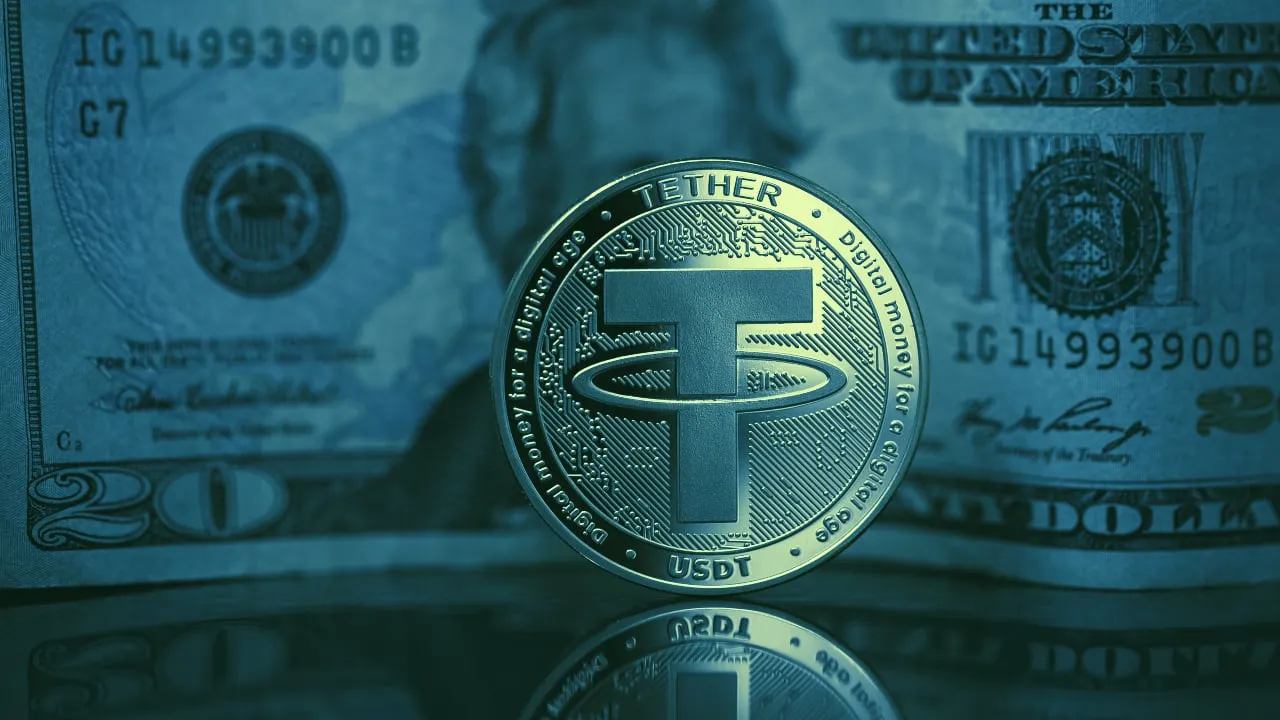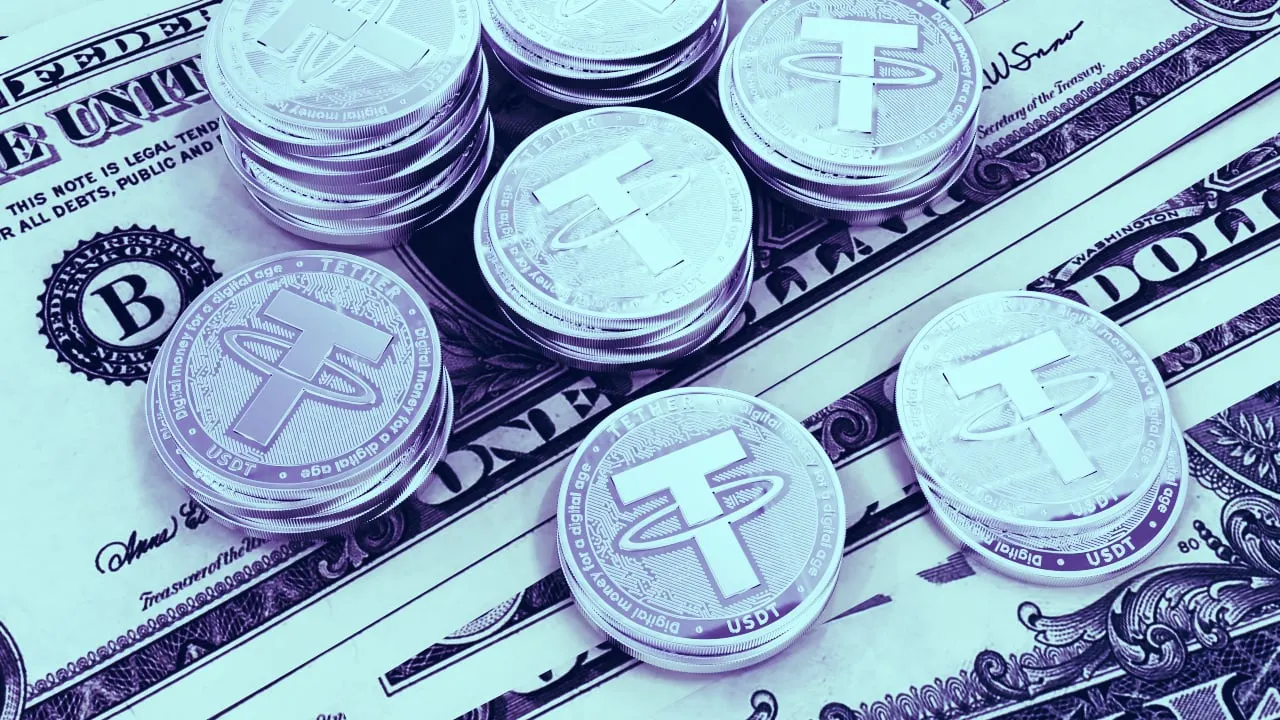So, what's the deal with the recent Bitcoin price rally? It went from $8,500 to $13,000! Then went down again. Then went back up a bit. But while the 2017 rally was all New York Times features and a trustafarian retail investor at every Christmas lunch, this year the media has barely batted an eyelid. Volumes on retail exchanges are barely seeing any uptick at all. Nobody seems to care. So why is the price going up?
As Larry Cermak, head analyst at The Block, says, "it’s not retail driving this," he said. "Looking at the data, it’s likely driven by a handful of whales.”
Yep, that’s what it is.
It's whales, ladies and gentlemen.
All the signs are there. Think how it reached its dramatic denouement. Bitfinex, the largest exchange by volume, went down hours before the market began to plunge. That sucked most of the liquidity out of the market, says Mati Greenspan, senior analyst at eToro. "Even a single seller could've caused a big enough movement to start a chain reaction," he said.
How else do we know? Over-the-counter trades, which facilitate private and very large transactions, have gone through the roof, and tethers, which also facilitate private and very large transactions (particularly for foreign investors subject to strict capital controls, says Cermak), are being minted ad nauseum.
You can see the whales in the tightly choreographed volatility of the upswings and downswings. The whales like to liquidate short sellers, buy at the top, and dump, burning the long positions on the way down—as they did with one naive trader, on Wednesday.
What we do know is that the bull market is not being driven by "institutional investors"—the pension funds and the college endowments. Sure, there are a few—namely Pomp's pals at the Police Pension Fund. But would they really all suddenly pile in at once, generating such delightfully vertical green candles as this one? And if it was them, what sort of honest-to-god pension fund sells immediately at the top, precipitating a massive price crash? Come on.
And, as crypto skeptic Nicholas Weaver points out, institutional investors wouldn't be seen dead trading in tethers or on Binance. They'd flock to Wall Street friendly exchanges like Gemini, which have the good graces to comply with one or two regulations. So why aren't we seeing a commensurate upswing in volume there? We’re not.
It has nothing to do with minor breakthroughs in bitcoin's development, either. Oh, Russian oligarchs are suddenly pouring billions into Bitcoin because they can now buy their groceries on the somewhat expanded Lightning Network? You're saying uber-wealthy drug barons are pumping the market skywards because it's now marginally easier to use Segwit to order a triple-latte? No. They're buying because the market is thinly traded as hell, and it's easy to push the price up and profit at the top—and then dump, as they did on Wednesday.
It's not necessarily market manipulation, though.
"It's by design," says eToro's Greenspan. "Satoshi built Bitcoin with extremely limited supply— 21 million coins will ever be mined, 17 million have already been minted, an estimated 4 million belong to Satoshi, another 2 million or so are lost for good, and of the remaining coins, probably 70 percent or more are in cold wallets.” But the volume on this shrinking market has been extraordinary. “On a day like today we had volumes of about $5.5 billion,” says Greenspan.
High volume paired with scarcity leads to upswings—and downswings—like Wednesday's. "Let's say you go to the market to buy apples," says Greenspan. "But there's only one shop selling them. That guy basically can set any price he wants. The more shops there are, the more competition. With less liquidity, each buy order will have a much greater influence on the price."
Now, for the $35 billion dollar mammoth in the room—Tether. As we reported earlier, tethers are being printed and issued, at the push of a few buttons and in response to some vague "demand" projected by whales, at a vastly accelerated rate. Tether's 24 hour trading volume is near equivalent to Bitcoin's, so few real dollars are actually sloshing around the current market. Greenspan says the market is mostly tethers because more of the big exchanges offer it than they do than real dollars. "It's the liquidity," he said.
The tethers are first generated in backroom, over-the-counter deals between Tether's loyal "corporate customers"—quite possibly among them Bitfinex, the only exchange where tethers can be bought for dollars by retail investors—and Tether itself, which skeptics say loans these tethers on credit. When asked to by state authorities, Tether never deigned to give evidence that it wasn't extending them on credit, so there's that. These foreign investors, subject to capital controls, likely prefer it because they can buy it privately without the American banks catching wind.
Bitfinex and Tether themselves seem convinced they're propping up the market. "Please understand all this could be extremely dangerous for everybody, the entire crypto community," a Bitfinex exec known only as "Merlin" was reported as saying by law enforcement earlier this year, amid concerns over an $850 million hole in the exchange's finances. "BTC could tank to below 1k if we don't act quickly."
It all sounds very shady, doesn't it!
But don't fear—this is how the cut-throat, wild west, kill-or-be-liquidated dystopian hellhole of crypto's spasmodically recurring bull market season should function. It's not manipulation, then? "Nah," says Cermak. "Lightly regulated market performing as it should."
This article originally used the phrase "federal authorities" to describe the New York Attorney General's Office, which is incorrect. We regret the error.




